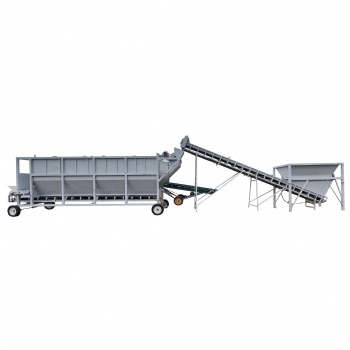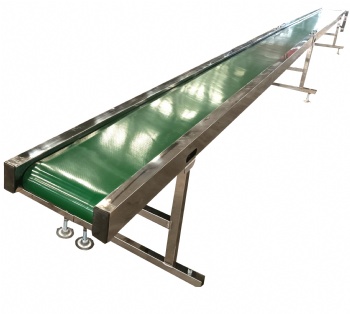News
Ecological habits of Hericium erinaceus

1. Mycelium
Mycelium is composed of many hyphae accumulated together. It is the nutritional organ of Hericium erinaceus,
and its important function is to absorb nutrients. Mycelium comes from the germination of Hericium erinaceus spores.
When the spores germinate, the germ tube first extends at one end, and the germ tube continues to branch and extend,
forming hyphae. Mycelium is composed of tubular cells next to each other, with a diameter of 10~20 microns, thin walls,
septa and branches, and lock-like unions. Mycelium creeps on potato dextrose agar medium (PDA medium), granular,
white, and the hyphae in the medium are well developed. However, it will appear in different forms on different culture
media. For example, when cultured on a medium with a higher nitrogen content, the hyphae become fine and white,
and there are slightly aerial hyphae.
2. Fruiting body
The fruiting body is the reproductive organ of Hericium erinaceus. The purpose of artificial cultivation is to obtain the
fruiting body. The shape of the fruiting body of Hericium erinaceus is very different from other edible mushrooms.
It is nearly spherical, white, fleshy, soft, and has a fresh fragrance. The base is narrow and the upper part is swollen.
The densely covered fungus thorns cover the entire fruiting body. The diameter of the fruiting body is generally 5~20 cm,
and there are larger ones under wild conditions. The length of the fungus thorns is related to environmental conditions.
It is generally 1~3 cm long, 1~2 mm thick, and long cylindrical, with pointed or slightly curved ends. The fruiting body is
composed of many short and thick branches, but the branches are extremely thick and short, fused with each other,
cauliflower-like, with small pores in the middle, and the whole body is a large piece of meat. The fruiting body is white when
fresh, and turns light yellow to light brown after drying. It is shaped like a monkey's head and its color is like the monkey's
hair color, so it is called Hericium erinaceus.
3. Spores
Spores are the sexual reproduction bodies of Hericium erinaceus, just like the seeds of crops. The spores of Hericium erinaceus
are born on the basidia of the fruiting layer on the surface of the fungus thorns, which are called basidiospores. When the
fruiting body matures, hundreds of millions to billions of basidiospores will be released from the hymenium of the needle-shaped
thorns. If you place a spore, a pattern similar to the projection of Hericium erinaceus will appear. This pattern is called a spore print.
The spore print is white. Under a microscope, the spores are transparent and colorless, spherical, and 4 to 6 microns in diameter.
Categories
Contact Us
- +86 15093267083
- +86 15093267083
- amy@zzbelead.com
- +8615093267083




